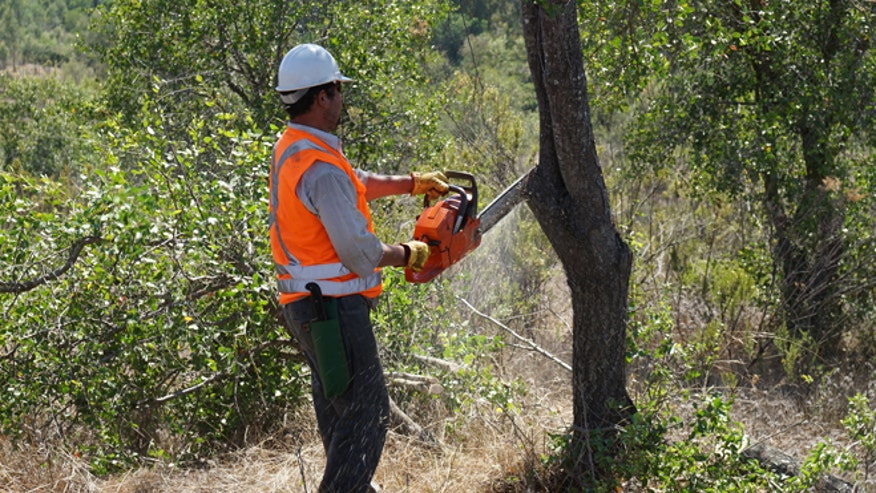Quillaja’s commercial value is related to its concentration of saponins, which are found in the bark and wood of the tree. Saponins produce foam, and thus are used widely in beverages and cosmetics. When you drink a soda or a beer with foam on the top, often referred to as a “head,” then you are consuming saponins. And when you employ a soap or shampoo that foams, you are also using saponins. In fact, saponins are ubiquitous throughout the world of foods, beverages and cosmetics.
While many saponins are made from marine plants, some are also manufactured synthetically. But food, beverage and cosmetic makers are turning their attention to quillaja saponins, due to their efficacy, their safety, and how little must be used in any given formula. Just a drop of quillaja saponin in a beverage is sufficient to make that beverage foam when poured. The same is true for shampoos and soaps. Very little quillaja must be added to create foam, or lather.
Quillaja saponins are also employed as emulsifiers, which means that when added to a mixture of various food or beverage ingredients, the saponins help to maintain a consistent, homogeneous formula that does not separate. Initially quillaja saponins were used commercially in photo development, when film was the primary means of generating photographic images. More recently, quillaja saponins have been employed as adjuvants in vaccines. By adding a tiny amount of quillaja saponin to a vaccine, research has shown that the vaccine becomes significantly more effective. This is a pharmaceutical breakthrough.
Because quillaja is a wild tree, it could be over-harvested, resulting in environmental and supply problems. But Chile’s forestry ministry CONAF has developed a monitoring program that enables commercial entities to harvest up to 35 percent of the total bio-mass of quillaja in Chile over a five year period. If a limb of a quillaja tree is cut and the rest remains, new growth will commence from the cut. This management program enables commercial entities to manufacture quillaja saponins for industrial use, but also ensures a sustainable harvest and a good supply of the tree for the future. At present, only a small amount of the total population of quillaja in Chile is being harvested. Even as the quillaja saponin industry grows in size, CONAF will maintain the same strict standards for monitoring and harvesting this wild tree.
There are many additives in foods, and we often do not know they even exist. Foaming agents and emulsifiers are widely used, but most of the time we are not aware that they are in what we consume. Quillaja, with its excellent foaming properties and superior efficacy, is making its way into the products of some of the largest food and cosmetic companies in the world. And at the very same time, the supply is being protected, proving that environmental standards and commercial needs can peacefully co-exist. Who knows, but the next time you pour a beer or rub some shampoo onto your hair, you may be employing sustainably harvested quillaja from Chile.
Chris Kilham is a medicine hunter who researches natural remedies all over the world, from the Amazon to Siberia. He teaches ethnobotany at the University of Massachusetts Amherst, where he is Explorer In Residence. Chris advises herbal, cosmetic and pharmaceutical companies and is a regular guest on radio and TV programs worldwide. His field research is largely sponsored by Naturex of Avignon, France. Read more at MedicineHunter.com.


